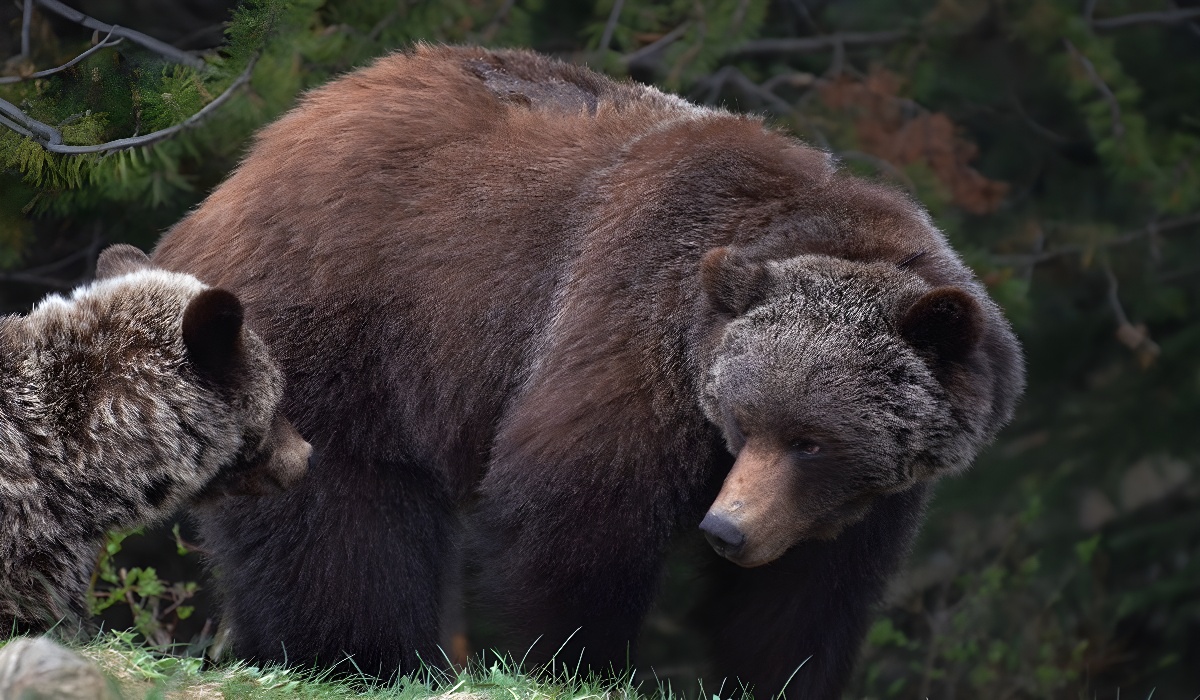Alberta’s Grizzly Bear Mismanagement: A Threatened Species in Peril
- TDS News
- Western Canada
- July 15, 2024

Image Credit, Photographer Tracy Kirychuk
The grizzly bear, a symbol of wilderness and ecological health, remains a threatened species in Alberta. Despite a comprehensive recovery plan, the Alberta government continues to flout conservation efforts, choosing instead to open doors for trophy hunters. This egregious mismanagement threatens the very existence of these majestic creatures.
Formulated by experts and biologists, the recovery plan first emerged between 2008 and 2010, with its latest iteration in 2020. This plan outlines essential measures for the recovery and management of bear populations, emphasizing proactive wildlife conflict programs and specialized management for each Grizzly Bear Management Area (GBMA). However, these recommendations have been systematically ignored.
The current approach of the Alberta government prioritizes trophy hunting over humane and scientifically-backed conservation methods. Forestry and Parks Minister Todd Loewen, who has direct ties to the guide outfitting and big game trophy hunting industries, amended the Wildlife Regulation to allow bear hunting. This decision was made without public consultation or legislative review, and the change was quietly published in the Alberta Gazette on June 29, 2024, the Canada long weekend, buried on page 316 amidst hundreds of other pages. This sneaky tactic, a well-known government method, fulfills the requirement to notify the public while minimizing the number of people who might see it and raise questions. The decision starkly contrasts with the bear’s status as a threatened species under the Wildlife Act.
The minister has claimed an increase in bear attacks, citing a high number of attacks that do not appear in any government documentation. When pressed for details, no substantial evidence was provided. Actual incidents are far fewer, closer to three, contradicting the minister’s assertions. This fear-mongering does nothing to address the real issues and further endangers the population by promoting unnecessary lethal measures.
What Alberta needs is a proactive wildlife conflict program that involves ranchers and provides necessary funding for non-lethal management techniques. The current approach lacks the employment of the seven recommended specialists needed for effective bear management across various GBMAs. This neglect has left a significant gap in addressing human-bear conflicts humanely and scientifically.
The appointment of individuals with clear conflicts of interest to oversee bear management raises serious concerns. Former minister Jason Nixon, with a conviction for poaching and an assault incident, had no place in environmental stewardship. The continuation of such practices underlines a disregard for the ethical and professional standards necessary for wildlife conservation. “It’s an egregious conflict of interest,” says John E. Marriott, a renowned wildlife conservation photographer. “We have ministers like Jason Nixon, a convicted poacher, and Todd Loewen, with direct ties to the trophy hunting industry, making decisions about conservation. This is not just mismanagement; it’s unacceptable.” Marriott in 2018 – Cofounded the Exposed Wild Life Conservancy, a non-profit charity that advocates for cougars, wolves, grizzly bears and other Apex predators. He is also an Associate Fellow of the International League of Conservation Photographers
The bear hunt, suspended in 2006 when populations fell below 700, was a crucial step in protecting these animals. Although populations have shown some recovery, reaching between 856 and 973 in 2021, human-caused mortality remains the leading cause of death. The recent policy change undermines decades of conservation efforts.
Alberta must immediately reverse this decision, remove hunting provisions from the Wildlife Act, and fully implement the recovery plan. This includes hiring the necessary specialists and engaging in genuine, science-based management practices. Only then can we ensure the survival and thriving of Alberta’s bear population. The current policy is an unacceptable threat to a vulnerable species and should be condemned in the strongest possible terms.








